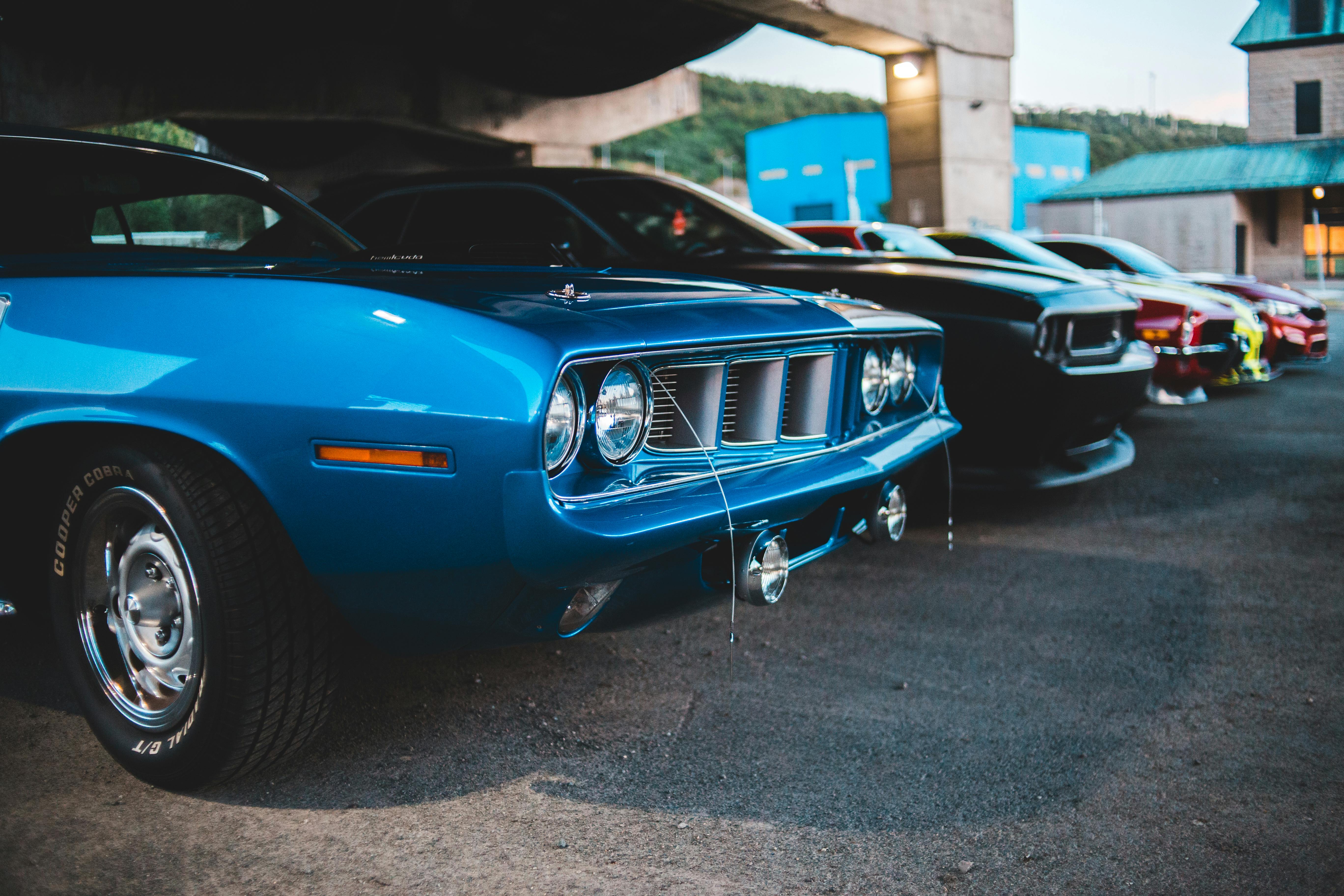It was in 1976 that the first Jeep CJ7 appeared on the roads. Redesigned from the frame up, the new CJ was far more practical for “civilian” use than any of its predecessors. The now fully boxed frame not only provided superior strength, it was also widened for increased stability. The leaf springs were modified and moved further out, and stabilizer bars and a steering stabilizer were added to further improve drivability. Although the CJ5 also received these improvements, the CJ7 had an additional 10 inches on its wheelbase. Not only did this provide an even more stable ride, it also added rear legroom and interior cargo space. The Jeep CJ7 was further enhanced in 1982 with axle enhancements, providing better cornering ability and overall handling, thanks to the wider stance.
The 1976 CJ7 came standard with a 232ci in-line 6-cylinder engine, although Jeep offered upgrades in the form of a 5.0-liter 304ci and a 258ci 4.2L in-line 6-cylinder. Jeep also offered the option of a standard Borg Warner T-150 heavy duty 3-speed transmission or an optional Borg Warner T18 4-speed transmission with a “granny” first gear as an upgrade. The Dana Model 20 was the only transfer case available at the time of its launch.
In 1980, things began to change for the Jeep CJ7. The GM 151ci 4-cylinder engine became the standard engine, and the optional 5.0L V8 was later discontinued in 1981. In 1984, the 4-cylinder AMC 150ci replaced the GM 151.
Along the way, the transmission saw also changed. The Tremec T-176 and SR4 were introduced in 1980, the 4-speed of which was built more for street use than off-road use. Automatic transmissions, TF999 and TF904, also debuted in 1980, for the more casual Jeep consumer. In ’81, the Borg Warner T4 4-speed transmissions and the T5 5-speed transmissions saw their first use.
1980 was the year the Dana Model 20 transfer case was replaced by the Dana Model 300. The Model 300 had a much deeper low range, 2.62: 1 compared to the 2.03: 1 Dana 20. The change was necessary due to to that Jeep no longer offering something like the granny gear found in the T18 transmission.
As for the standard CJ7 axles, Jeep offered the Dana Model 30 for the front and the AMC 20 for the rear. The rear axle on the Dana 44 was offered as an upgrade on select models and later became standard in 1986. Jeep did not offer optional front axles from the factory.
In 1987, the CJ7 disappeared, the AMC badges were lost, and the Wrangler was born. Many Jeep purists believe that this was the end of the true Jeep. Although the engines and geometry remained the same, the transfer case, rear axle, and transmission ran even “lighter.” The interior took a change for a more car-like appearance, and safety changes were made. For example, the roll bar was transformed into a full roll cage, which prevented the windshield from folding.
Since 1987, no vehicle produced can compare to the Wrangler. However, the Jeep CJ7 is still a vehicle of its own class. Today, it remains one of the most sought after Jeeps for off-road, restoration, or just a weekend trip. Its simple design and popularity have kept the aftermarket awash with parts and accessories. Also, a Jeep CJ7 can be built literally from scratch, as frames are offered at many jeep parts sites. For these and countless other reasons, the CJ7 may be the “perfect” Jeep.



Recent Comments